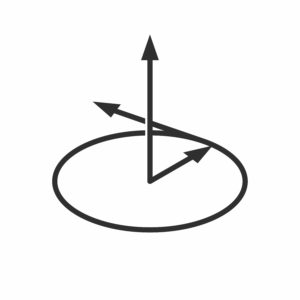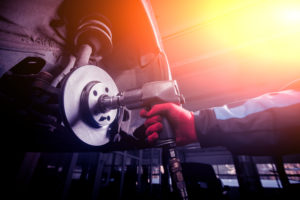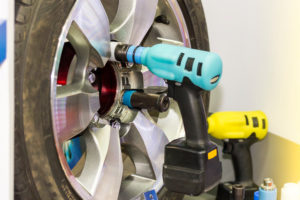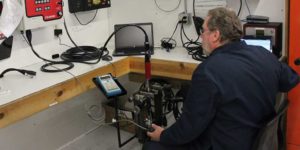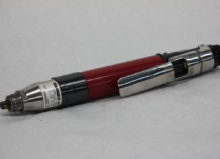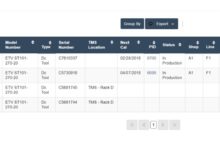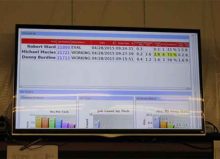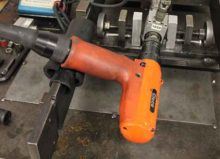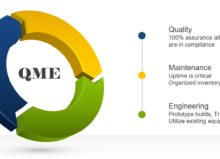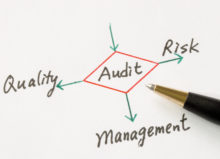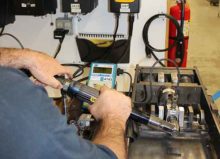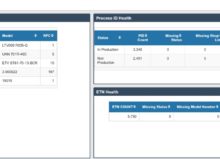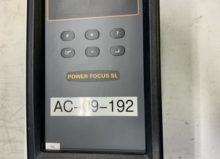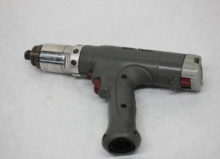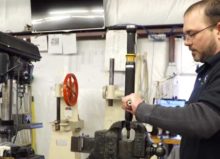What You Need to Know About Torquing
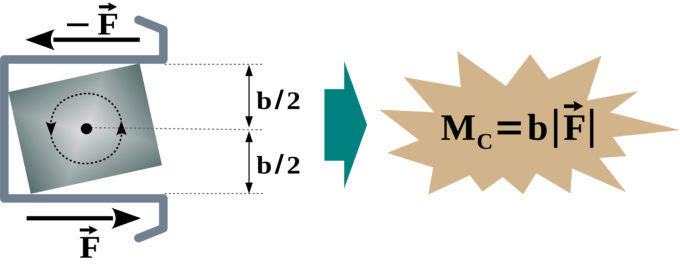
When somebody pushes a shovel into the ground to dig a hole, that person is exerting linear forces on the shovel by forcing the shovel in one direction. Similar to the physics behind linear forces, torquing exerts forces on an object that cause it to spin or rotate instead of moving in a straight line.
In this article, we’ll cover the basics of torquing, and why it’s so important in the industrial sector.
What Exactly Is Torquing?
Torquing refers to the application of a twisting force to an object. An example of torquing would be using a manually-powered wrench or an electric wrench to turn a nut. Alternatively, mechanical systems involving gas, electric, or hydraulic motors require specific amounts of torque to ensure adequate power is delivered to operate the motor.
How Do You Calculate the Torque of an Object?
To calculate torque, you would multiply the distance between the moment arm (area of applied force) and the pivot point, and the amount of perpendicular force applied to an object. Torque is also measured in Newton-Meters (Nm). Sometimes energy and work are measured in Newton-Meters, but it’s important to remember that torque is neither energy nor work, it is a force.
Positive Versus Negative Torque
Torque produced in a positive direction is moving in a counterclockwise direction. Torque produced in a negative direction is moving in a clockwise direction. Torque may change from positive to negative, and back to positive again in some applications.
Static & Dynamic Torque
Another way to differentiate torque is by designating it as dynamic or static. Dynamic torque changes with time, and largely involves increasing or decreasing rotational velocity. Static torque, on the other hand, is fixed. For example, a static torque would be any rotational or twisting force that results in zero motion, while dynamic torque is the exact opposite.
Now that we’ve covered the basics of torquing, let’s discuss why ‘torquing’ is such a relevant (and important) term for many industries.
Putting It Together: Torque in the Industrial Sector

Manufacturers in the industrial sector utilize different types of torque tools for assembly applications. This is because state-of-the-art torque tools are able to meet strict standards and regulations surrounding precision and quality.
For example, some torque tools communicate with computer systems to provide users with critical information during the torquing process. Users can even save, download, and time-stamp this data to improve quality control and precision variables.
Why Torque Is Important
Unless the right amount of torque is applied to fasteners, the risk for disassembly and dysfunction rises to unacceptable levels. Using the wrong amount of torque can damage fasteners, while insufficient torque may result in loose fasteners.
Types of Torque Tools/Equipment
The industrial sector relies on a wide variety of torque tools and equipment, some of which include:
- Digital/Electronic Torque Wrench
- Air Screwdrivers
- Pulse Tools
- Plug-in Screwdrivers
- DC-Powered Electric Screwdrivers
- Direct Plug-in Torque Screwdrivers
Torque Automation
In addition to the many torque tools that are available on the market, manufacturers can also take advantage of DC torque control systems. These systems allow manufacturers to maximize critical operations within assembly areas, increase productivity without mitigating quality, and moderate overhead costs.
Automated torque equipment allows users to input over a dozen preset torque amounts into the tool, which facilitates repeatable and consistent control of torque. Additional benefits of torque automation include:
- Enhances Production Flexibility: Automated torque tools are easily adjust to new tolerances and designs.
- Saves Money: Torque control systems eliminate the need to purchase multiple torque tools for one project
- Real-time Monitoring: Automated torque equipment gives users the ability to error-proof and analyze torque values.
- Better Accuracy: This equipment provides peace of mind by ensuring repeatable accuracy.
Ensuring Quality & Precision Through Calibration & Validation
Even though the latest torque tools offer excellent precision and efficiency, they still must be calibrated regularly to maintain ideal repeatability and performance.
Calibrating a torque tool involves comparing the tool with an accurate reference mechanism. Calibration is also necessary for plants that must meet ISO compliance requirements. Lastly, calibration helps prevent gradual damage to the tool caused by misalignment of components.
It is essential that all industries–from maritime to aviation to nuclear–use torque tools that exclusively operate within absolute tolerances. Manufacturers who fail to apply the right amount of torque during the assembly process increase noncompliance and safety risks.
If you’re not sure how to calibrate your equipment, turn to an industry professional like Encore Systems.
Learn More About Torque Calibration & Validation From Encore
Encore Systems is an industry-leading, ISO-17025-certified company. Founded over a decade ago, we specialize in emergency DC torque tool repairs, as well as on-site calibration and validation services. We serve many clients across many industries. Some of our most notable customers include Ford, John Deere, Honda, and Tenneco.
If you have questions about torque calibration/validation, or would like to request a service quote, please fill out our online form.

